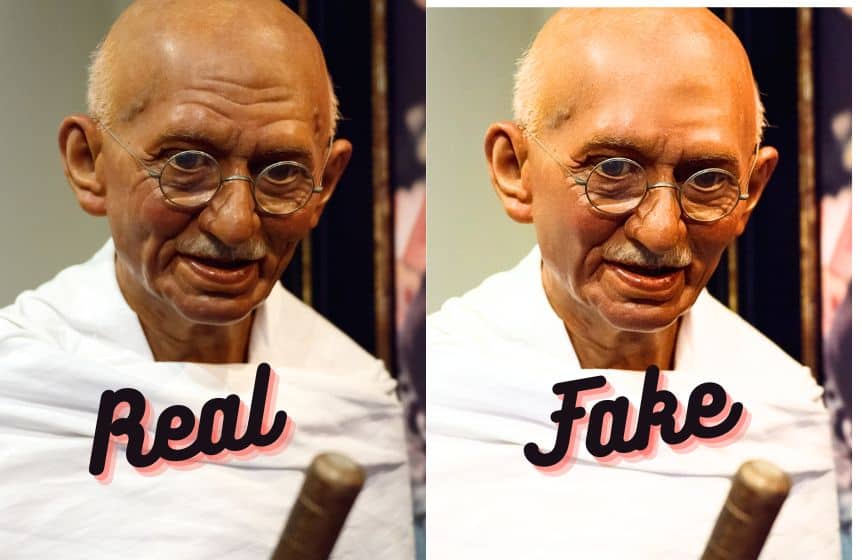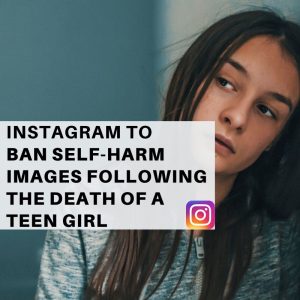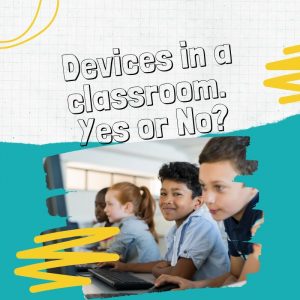Now more than ever it is so important for parents to be involved in their child’s digital lives. Just like how we teach children how to ride a bike we need to teach them digital skills. Deepfakes is on the rise and children should know how to spot a deepfake image or video. Let me share with you some risks of deepfakes and how to spot them. I have also added some talking points you can have with your child.
What is a deepfake?
Deepfakes are videos or images created using advanced computer programs that can make it look like real people are saying or doing things they never actually did.

This technology is becoming more advanced and making it harder for people to differentiate between what’s real and what’s not, especially on social media. I sometimes even struggle with this and really need to take some time to further check the information.
It’s crucial for everyone, including kids, to learn how to identify these fake videos to protect themselves from being deceived, especially if your child is using YouTube or any other social media platform.
Below is an example of a deepfake image of President Biden

Concerns of deepfake for children
A good example of how deepfakes can capture everyone’s attention is when a filter on TikTok made it possible for users to resemble Taylor Swift.
While many found it amusing, it also led to inappropriate uses, such as creating explicit content without consent.
This incident not only highlighted privacy violations but also showed how deepfakes could harm reputations and cause distress.
The Risks of Deepfakes
Deepfakes pose several dangers, including:
- Fraud: There have been cases where deepfakes were used to impersonate company officials, leading to financial losses.
- Reputation Damage: Individuals, especially women and teenagers, have been victims of deepfake-generated content that misrepresents them, often in harmful ways.
- Misinformation: Deepfakes can spread false information, affecting public opinion and even election outcomes.
Recognizing Deepfakes: Key Indicators
Now that children are spending more time getting their information from YouTube and social media it’s important to remind them that not everything you see is real.
Some videos use special computer tricks to make it look like someone is saying or doing things they never actually did.
Here are some clues you can look for to help tell if a video might be a deepfake. Here are a few simple tips that even kids can understand:
1. Watch the Eyes and Blinks
Example: Think about how you blink naturally. In many deepfakes, the way people blink might look strange or they might not blink enough.
If someone in a video looks like they’re blinking too much or too little, it could be a deepfake!
2. Check the Lighting and Shadows
Example: Imagine you’re drawing a picture and you color one side of a person’s face yellow to show it’s sunny.
If the sun is supposed to be on that side, but their shadow looks like the sun is behind them, it would look weird, right?
In deepfakes, sometimes the light and shadows on a person’s face or in the background don’t match up. That’s a clue it might be fake.
3. Listen to the Voice
Example: Have you ever played with a toy that changes your voice when you talk into it?
Sometimes, in deepfake videos, the person’s voice might sound robotic or just a bit off because the computer is trying to copy their voice.
If your favorite singer sounds funny in a video, like a robot singing their song, it might not be them!
- Watch the video below and listen to how robotic the sound is.
4. Look for Strange Movements or Glitches
Example: Imagine you’re watching a cartoon, and suddenly a character’s arm disappears for a second, then comes back. That would be a mistake in the cartoon, right?
Deepfake videos can have little glitches like that, where a person’s movement looks choppy or something suddenly looks out of place.
5. Skin and Facial Features
Example: Have you ever seen a picture where someone tried to draw on a mustache or change the color of their hair with a marker?
It might look funny because it doesn’t quite match the rest of the picture. In deepfakes, sometimes people’s skin tones or facial features (like the size of their nose or the shape of their mouth) can look different or change slightly during the video.
If someone you know well looks just a little bit off, like their face doesn’t quite fit, it might be a deepfake.
Talking to Kids About Deepfakes
It’s important to engage our children in conversations about deepfakes to help them navigate online content critically. Here are some suggestions:
- Discuss how to spot signs that a video might be fake, such as unnatural movements or inconsistencies in the video. Watch some YouTube deepfake videos to help them understand those things.
- Use examples of deepfakes, like the Taylor Swift filter, to explain how technology can be used in misleading ways.
- Encourage critical thinking about the intentions behind sharing altered videos and the potential consequences.
Here is a good video to watch with your children:
Here are some questions to keep in mind when talking to children about deepfakes
- What makes you think this video is real or not real?
- Do the people in the video blink normally?
- Can you spot any weird shadows or lights on the person’s face or in the background?
- Does the voice sound like the person is actually speaking, or does it seem a bit off?
- Do you notice any part of the person’s body disappearing or looking strange for a second?
- Do the person’s facial features look consistent throughout the video?
- Does anything about the video make you feel like something isn’t quite right?
- Have you seen any videos that you thought were real but later found out they were fake? How did you feel?
- Why do you think someone would make a fake video like this?
- What would you do if you saw a video online and weren’t sure if it was real or fake?
- How can we check if a video is real or not?
- Do you think it’s important to tell others if you find out a video is fake? Why?
How to Stay Safe
Educating your family about deepfakes is a step towards safer online experiences.
Teaching kids to question what they see online, to look for reliable sources, and to use technology responsibly are key lessons in digital literacy.
Additionally, monitoring tools and apps can alert parents to potential risks, including exposure to deepfakes, helping protect children from the downsides of digital advancements.
Understanding and discussing deepfakes is not just about spotting fakes; it’s about fostering a critical approach to digital content that will serve children well in all aspects of their lives.
Finally, don’t be alarmed if you can’t identify deepfake images or videos yourself. Deepfake technology is getting better and smarter which is making it even more difficult to spot fake videos. Do this exercise together with your child and perhaps you can learn from them as well.
Was this helpful?
Good job! Please give your positive feedback
How could we improve this post? Please Help us.







